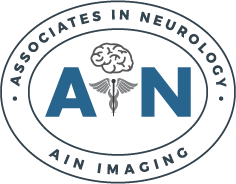
Cerebral palsy is a neurological disorder that affects posture, muscle tone, movement, balance, and coordination. It is caused by damage to the brain before or during birth. Patients diagnosed with cerebral palsy are in their infancy or early years, and they need a lot of support throughout their life.
Treatment for cerebral palsy depends on the child’s needs and may include physical therapy, occupational therapy, speech-language therapy, medications, surgery, and assistive devices.
Let’s talk about how each of these treatment modalities is used as part of a comprehensive treatment plan for this condition.
Physical Therapy
Physical therapists work with individuals who have cerebral palsy to improve their strength and range of motion in order to increase mobility. They also help them learn how to use supportive devices, such as braces and splints, to help with function and mobility.
Occupational Therapy
Occupational therapists focus on helping individuals develop skills needed for daily living tasks, such as eating with utensils or using the toilet independently. They may also recommend special equipment that will make it easier for an individual with cerebral palsy to live independently, such as walkers and canes, standing and seating systems, and wheelchairs.
Speech-Language Therapy
Speech-language pathologists work with cerebral palsy patients who have difficulty speaking in order to improve their communication skills. Speech-language therapy may involve training in the use of sign language or the use of a voice synthesizer. This type of therapy helps the patient become more independent by improving their ability to express their thoughts clearly and communicate well. Speech-language therapists also help patients with difficulty eating and swallowing.
Medications
Cerebral palsy causes muscle tightness, and most medication-based treatments target muscles with this problem. Medication to relax the muscles may be injected or taken orally. In some cases, a medication pump is implanted in the abdomen to deliver the muscle-relaxing medication directed into the spinal canal.
Surgery
Cerebral palsy patients with severe deformities and contractures may benefit from surgery. Procedures may be performed to place the spine, hip, arms, or legs in their proper position, or to lengthen muscles and tendons, which lessens pain and improves mobility. In addition, those with severe spasticity that interferes significantly with day-to-day functioning may also benefit from surgery. The goal of this type of surgery is to release certain muscles by cutting the affected nerves, so that movement becomes less restricted, allowing greater independence for the patient.
Assistive Devices
There are many different types of assistive devices available that can help those living with cerebral palsy manage their disability better. Assistive devices include braces and splints that support weakened limbs, adapted seating systems for greater stability, walkers and canes for balance when walking, and computerized communication systems that allow nonverbal persons to communicate verbally. Each device should be carefully evaluated prior to use to ensure safety and maximum benefit to the patient.
Cerebral palsy patients’ treatment plans vary greatly and are individualized to the patient. They, however, share the same goal of helping those who are affected live their life fully and comfortably.
Cerebral Palsy Treatment in Southeast Michigan
The board-certified neurologists at Associates in Neurology provide compassionate care to patients with cerebral palsy. We work with the entire family and their caregivers, as well, to ensure they receive comprehensive treatment. Allow us to be your highly skilled neurology care providers, as we are among the best in Southeast Michigan. We have locations in Farmington Hills, Novi, Southfield, Howell, and Brighton.
To schedule an appointment, call our office today at (248) 478-5512 or use our convenient online request form.


